Expansion of Offshore Activities
The Marine Grease Market is poised for growth due to the expansion of offshore activities, including oil and gas exploration, renewable energy projects, and aquaculture. As these sectors expand, the demand for specialized marine greases that can withstand harsh offshore conditions is likely to increase. Offshore platforms and vessels require high-quality lubricants to ensure operational reliability and safety. The offshore oil and gas industry alone is projected to grow significantly, with investments in exploration and production activities. This growth creates a substantial opportunity for manufacturers in the Marine Grease Market to develop tailored products that meet the specific needs of offshore operations, thereby enhancing their market presence and competitiveness.
Rising Awareness of Equipment Maintenance
The Marine Grease Market is benefiting from a rising awareness of the importance of equipment maintenance among vessel operators. As the maritime sector becomes increasingly competitive, companies are recognizing that regular maintenance is essential for ensuring the longevity and efficiency of their fleets. This awareness drives the demand for high-quality marine greases that can reduce friction and wear, ultimately leading to lower operational costs. Furthermore, training programs and resources aimed at educating operators about the benefits of proper lubrication practices are becoming more prevalent. This trend is likely to bolster the Marine Grease Market, as operators seek reliable lubrication solutions to enhance the performance and reliability of their vessels.
Increasing Demand for Marine Transportation
The Marine Grease Market is experiencing a notable surge in demand due to the increasing reliance on marine transportation for global trade. As economies expand, the volume of goods transported by sea is projected to rise significantly. According to recent data, the shipping industry is expected to grow at a compound annual growth rate of approximately 3.5% over the next five years. This growth directly correlates with the need for high-performance lubricants, including marine grease, to ensure the efficient operation of vessels. The rising number of shipping routes and the expansion of ports further amplify the demand for marine grease, as vessels require reliable lubrication to maintain performance and reduce wear and tear. Consequently, manufacturers in the Marine Grease Market are likely to innovate and enhance their product offerings to meet the evolving needs of the maritime sector.
Regulatory Compliance and Environmental Standards
The Marine Grease Market is significantly influenced by stringent regulatory compliance and environmental standards imposed on the maritime sector. Governments and international organizations are increasingly focusing on reducing the environmental impact of shipping activities. As a result, there is a growing demand for eco-friendly marine greases that comply with these regulations. The market for biodegradable and environmentally safe lubricants is projected to expand, as companies seek to align with sustainability goals. This shift not only addresses regulatory requirements but also enhances the reputation of shipping companies. The Marine Grease Market is thus likely to see a rise in the development of innovative products that meet these environmental standards, ensuring that vessels operate efficiently while minimizing their ecological footprint.
Technological Innovations in Lubrication Solutions
Technological advancements are playing a pivotal role in shaping the Marine Grease Market. Innovations in lubrication solutions, such as the development of synthetic and high-performance greases, are enhancing the efficiency and longevity of marine equipment. These advancements are crucial as vessels operate under extreme conditions, requiring lubricants that can withstand high pressures and temperatures. The introduction of smart lubrication systems, which monitor and optimize grease usage, is also gaining traction. Such technologies not only improve operational efficiency but also reduce maintenance costs for shipping companies. As the maritime industry embraces these technological innovations, the Marine Grease Market is expected to witness a shift towards more sophisticated and effective lubrication solutions, catering to the evolving demands of modern vessels.



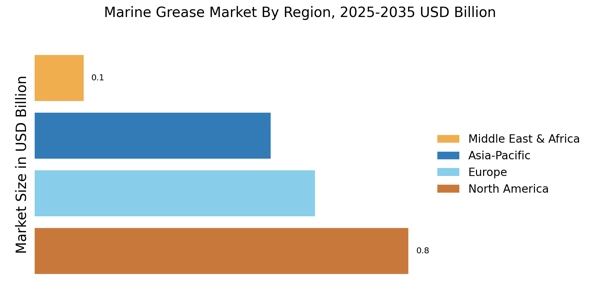
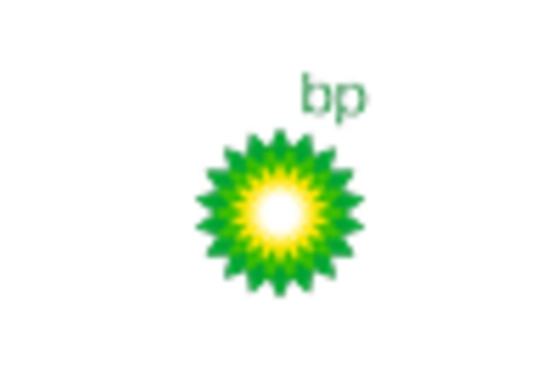
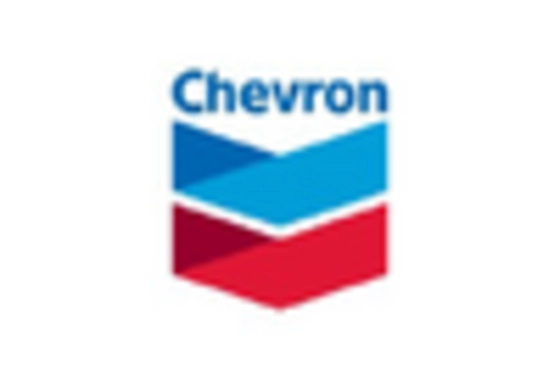

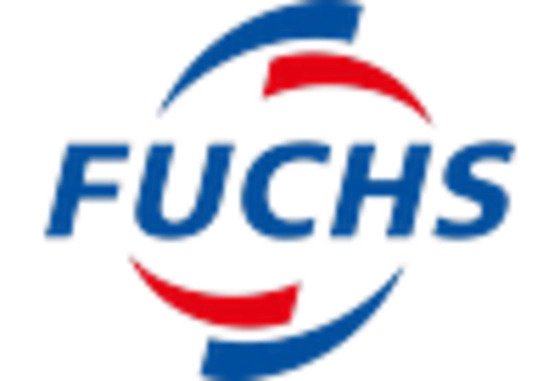
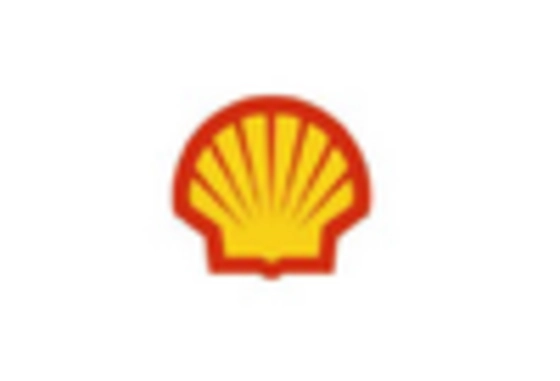









Leave a Comment